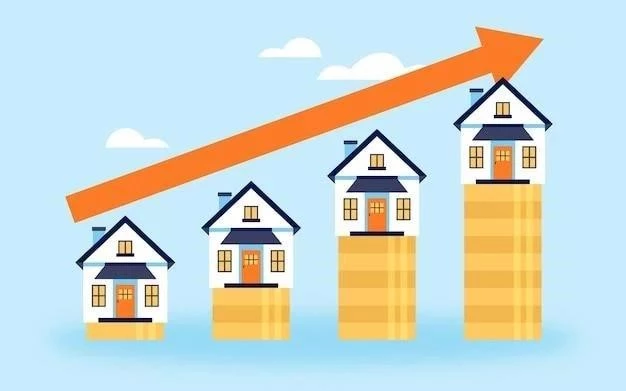Table content
## March 13, 2025: Refinance Percentages Rise Insignificantly, Still Close to Annual Bottoms
After reaching a four-month nadir last week, refinance percentages for 30-year mortgages experienced a slight increase this week. On Wednesday, the average percentage grew 3 basis points to 6.81%, just a tiny bit above the recent bottom of 6.71%.
While this is a certain betterment from January’s apex of 7.30%, current 30-year refinance percentages are still above the two-year nadir of 6.01% we witnessed back in September.
Wednesday saw varied fluctuation in other refinance loan sorts. The average percentage for 15-year refinances crept up 4 basis points, while 20-year percentages leaped a more considerable 8 basis points. On the other hand, jumbo 30-year percentages declined insignificantly, dropping 6 basis points.
### Main Point: Don’t Be Deceived by Introductory Percentages!
The percentages we issue aren’t a direct comparison to those extremely-low percentages you see publicized online. Those “introductory” percentages are carefully designated to be the most appealing and often come with drawbacks. They might require you to pay points in advance, or they might be based on borrowers with extremely-high credit scores or smaller-than-average loan sums. The actual percentage you qualify for will depend on your individual circumstances, like your credit score and income, so it’s likely to differ from the averages you see here.
Since percentages can fluctuate wildly between lenders, it’s always a wise move to shop around and compare offers, no matter what sort of home loan you’re after. Regularly comparing percentages is the optimal way to locate a mortgage refinance that truly suits your requirements.
*Employ our mortgage calculator to compute the figures and see what your monthly payments would resemble with different loan selections.* Kiyosaki: Global Economy Declining, Predicts Bitcoin at $200,000
## What’s Causing the Mortgage Percentage Ups and Downs?
Numerous elements have an effect on home loan rates, involving a complicated interaction of macroeconomic and industry aspects, such as:
* The degree and path of the securities market, especially the 10-year U.S. Depository yield
* The Federal Reserve’s existing financial strategy, especially policies connected with government-supported home loan financing and bond acquisitions
* Rivalry between various kinds of lendings and between home loan lending institutions
Because any one of these elements can trigger instability at the same time, it is frequently hard to associate any single modification to any one element.
For the majority of 2021, macroeconomic aspects maintained the home loan market at reasonably reduced degrees. Specifically, the Federal Reserve has actually been acquiring billions of bucks in bonds in reaction to the financial stress of the pandemic. This plan of acquiring bonds was a significant element affecting home loan rates.
However beginning in November 2021, the Fed started to progressively lower its bond acquisitions, reducing them sharply monthly till it got to internet no in March 2022.
Toncoin (TON) Value Forecast for March 26th
In between that time and July 2023, the Federal Reserve proactively increased the government funds rate in reaction to years of high rising cost of living. While the government funds rate can impact home loan rates, it is not a straight impact. As a matter of fact, the government funds rate and home loan rates might relocate contrary directions.
However provided the historic rate and size of the Fed’s rate walkings in 2022 and 2023– increasing the standard rate by 5.25 portion factors in 16 months– also the indirect effect of the government funds rate has actually led to a sharp increase in home loan rates over the previous 2 years.
Beginning in July 2023, the Federal Reserve maintained the government funds rate at its optimal degree for virtually 14 months. However in September, the reserve bank revealed its very first rate cut of 0.50 portion factors, complied with by cuts of 0.25 portion factors in November and December, specifically.
Nevertheless, at its very first conference in the new year, the Federal Reserve chose to
The Central Bank will most likely maintain stable interest rates in the coming months, and no further reductions are expected soon. According to quarterly interest rate predictions issued at the December 18th meeting, Fed governors anticipated only two quarter-point rate decreases in the next year. With eight rate-setting sessions planned each year, we may expect multiple announcements of constant interest rates throughout 2025.
**Mortgage Rate Monitoring**
The state and national averages mentioned above are given by the Zillow Mortgage API and presume a loan-to-value ratio (LTV) of 80% (i.e., a down payment of at least 20%) and a credit score ranging from 680 to 739. The resulting rates reflect what borrowers may expect from lenders depending on their credentials, which may differ from advertised initial rates. © Zillow, Inc., 2025. Usage is governed by Zillow’s terms of service.


